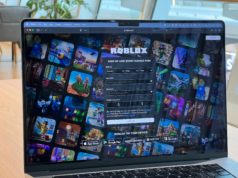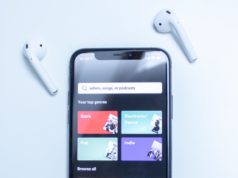 Many existing preconceptions of the digital audience need to be eradicated by facts if media companies are to succeed, according to a study IBM released at the 2012 NAB Conference, which runs through April 19 in Las Vegas.
Many existing preconceptions of the digital audience need to be eradicated by facts if media companies are to succeed, according to a study IBM released at the 2012 NAB Conference, which runs through April 19 in Las Vegas.
For instance, well over half (65 percent) of respondents aged 55 to 64 browse the Web and text with friends while watching TV. Almost exactly half (49 percent) of those over age 65 said that while they’re watching TV, 49 percent are online and 30 percent are texting.
Looking for other useful trends, Saul Berman, Global Strategy Consulting Leader, IBM Global Business Services, and co-author of the study, said that four distinct types of digital personalities are emerging from IBM’s ongoing research into the global media and entertainment market.
The report calls these groups Efficiency Experts (41 percent), Connected Maestros (35 percent), Social Butterflies (14 percent) and Content Kings (9 percent), depending on how they engage with their technology.
Since the Content King group’s habits often foreshadow what the mainstream will be doing soon, it’s interesting to note their preferred payment modes – the report found in general, they would choose to pay for an online movie by viewing advertising that is included with the movie, but they would rather purchase a subscription for watching movies on a tablet.
“Media companies need to engage with consumers based on their digital personalities, if they are going to maintain a sustainable and connected relationship,” Berman said. “With the mass infiltration of digital devices, organizations can now enhance, extend or redefine the customer experience within minutes due to a steady stream of real-time data via social media. Future success is dependent upon successfully executing on insights based on this data, to reach the right consumer, at the right time and place, using the right tools.”
Related links:
IBM – media summary
2012 NAB Conference – official site
IBM – “Beyond Digital” report
Photo by Flickr user Gelatobaby, used under Creative Commons license








